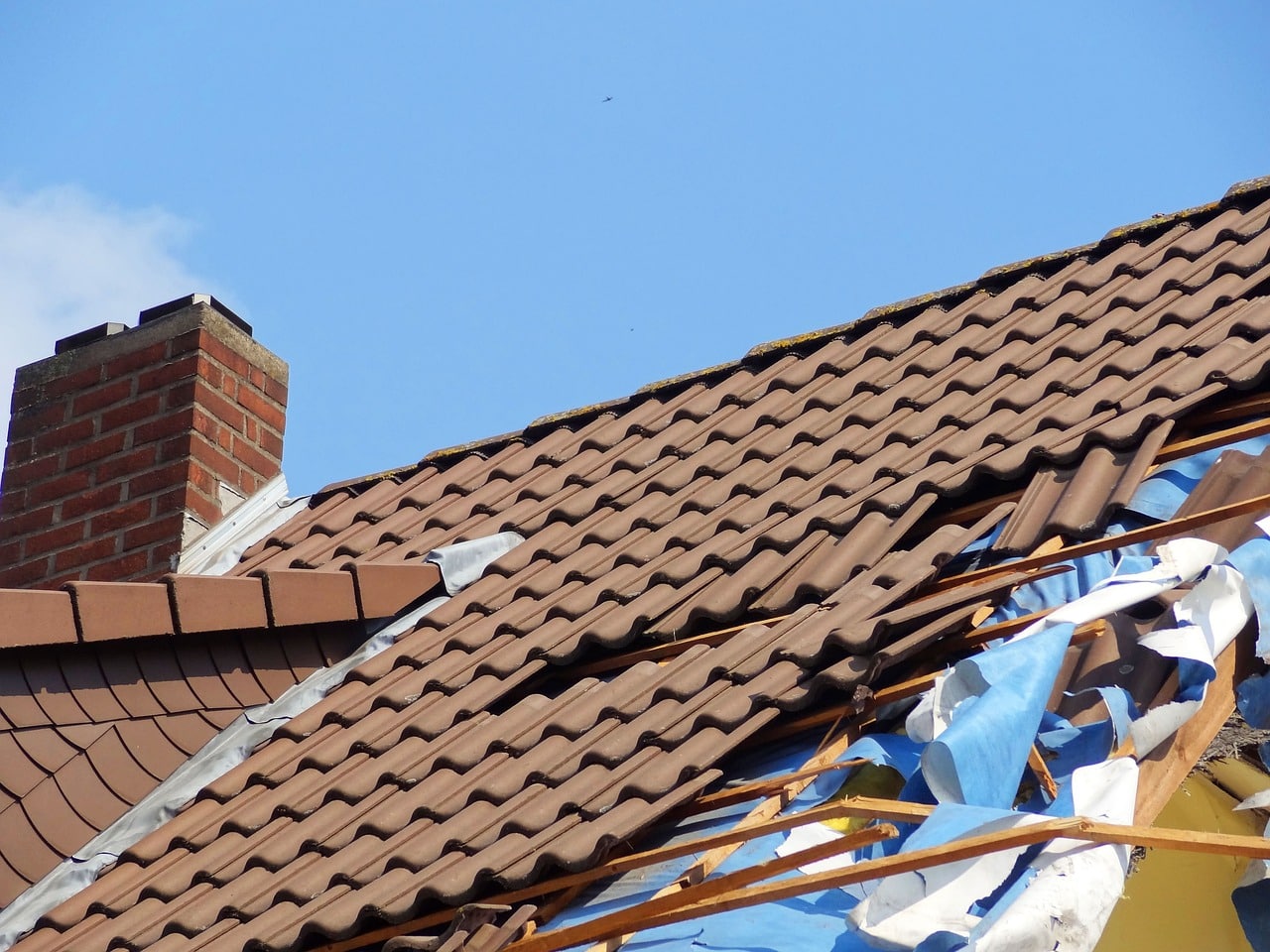
After a strong storm rolls through, most homeowners check for fallen branches or damaged fences—but what about your roof? Storm damage isn’t always obvious at first, but even small issues can lead to major problems if left unaddressed. In this blog, we’ll cover how to spot storm damage on your roof, what to look for, and when to call in the pros.
Right after a storm, walk around your property and look up at your roof from multiple angles. You may be able to spot:
Even from the ground, these signs can indicate that your roof has taken a hit and may need closer inspection.
Your gutters are great indicators of roof damage. After a storm, check for:
Interior signs of storm damage are just as important as what’s visible outside. Watch for:
Even if your roof looks fine from the outside, water damage indoors means moisture is getting through somewhere.
Hail doesn’t have to be large to cause problems. Dime- or quarter-sized hail can bruise shingles and cause micro-cracks, which lead to leaks over time. Look for:
If your siding or vents show dents, chances are your roof took a hit too.
Flashing protects the most vulnerable parts of your roof—chimneys, valleys, and skylights. Check for:
Storms can loosen these materials, making it easier for water to infiltrate your home.
Even if you don’t see major damage, it’s smart to have a professional roofer inspect your roof after a major storm. They can safely check for:
Most roofers offer free or affordable storm damage inspections and can document findings for insurance claims.
The longer storm damage goes unnoticed, the more expensive it becomes. Water infiltration can lead to:
Addressing roof issues early can save thousands in long-term damage.

Storms can take a serious toll on your roof—even if the damage isn’t obvious at first glance. By knowing what to look for and acting quickly, you can protect your home, avoid costly repairs, and ensure your roof continues to do its job. If you suspect any storm damage, schedule a professional inspection right away for peace of mind.
We love hearing from you, our team is always ready to chat with you!